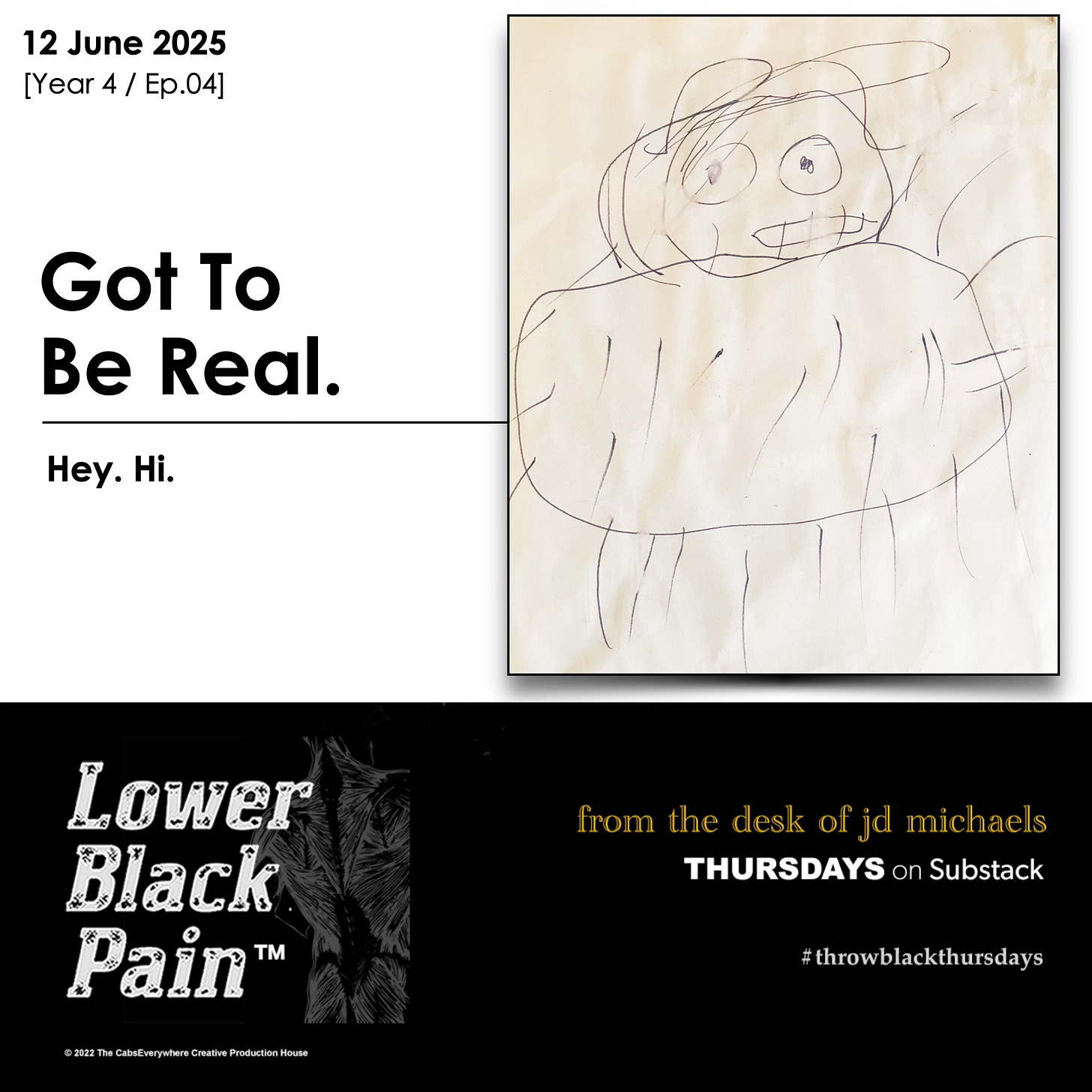I’m allergic to milk. While others stood in line at Baskin Robbins for ice cream cones, I sat on our front porch eating ice milk bars.
Yes, it has the word “milk” in it, we saw the irony, but our before-the-internet and no-one-in-our-family-was-a-doctor logic assumed that CREAM was a more harmful word, since as everyone knows cream has more milk in it than milk does.
Non-surprisingly, ice milk bars were significantly less enjoyable than ice cream, if for no less reason than the distinctive CRUNCH they made when bitten and chewed.
At 16 years old, I experienced a sudden reprieve of this allergy. During breaks from my summer job at the amusement park, I visited the Haagen Daz cart every day, gorging on dark chocolate bars like they were vitamin pellets on a long range space mission. Later in life, when the allergy re-appeared, I did not miss ice cream as much, sated by the memory of those frozen wonders.
I had “done the ice cream thing”.
Haagen Daz is not Danish, but was founded in 1960 in Brooklyn, New York.
[Fun fact.]
Ice milk was supposed to be a low-fat substitute for ice cream, but it was not, as it held none of the qualities or appeal of ice cream any more than carrots, windmills, or marbles. Butter would have been a closer match.
But butter experienced its own identity challenge from whipped hydrogenated oil with a pretty pretty name: margarine. A thorn in butter’s creamy, delicious side since 1869, margarine was intentionally developed as a butter substitute for the lower classes by Napoleon Bonaparte. What a loser.
A century later, an advertising campaign by D'Arcy Masius Benton & Bowles changed the butter/margarine dynamic forever. The 1971 television spot for Chiffon margarine is a storytelling classic, where a disembodied male voice speaks to Mother Nature, who is certain the delicious golden spread on her toast is “my delicious butter”.
“Ah, ah, ah!” the voice warns, “That’s Chiffon margarine!”
Mother Nature, is greatly displeased.
The skies grow dark, thunder rolls, and she famously utters,
“It’s not nice to fool Mother Nature!”
Lightning flash.
Strangely, she wasn’t angry with the margarine itself, as it was good enough to fool Mother Nature. Game recognizing game and whatnot. And that made Chiffon more than imitation butter - that made it real margarine (not that other stuff the competition was selling).
At this moment in history, the world is renegotiating what it means to be REAL, lines that used to feel clearly drawn:
• Champagne can only come from one specific region in France, no matter who else follows the exact same process (even with the same grapes).
• Cubic-zirconia is not a diamond and cannot be substituted as one in any situation combining a gemstone with a valued relationship.
• The toys available in local drug stores (the ones with derivative names like Bambie, Slot Wheels, and Flying Hero) weren’t quite as fun as the real ones.
But in the beginning, the synthesizer was not considered a very good substitute for the instruments it was made to imitate, all cloying horns and tinny strings. Then artists began to use synths differently, creating beeps and thuds and growls and hums that we’d never heard before, impossible to create without them, evolving them into a new class of instruments, authentic to themselves.
A Birken™ cross body bag, purchased off the sidewalk of New York City, constructed on a third shift in the same factory as all the other ones, magically BECOMES a REAL Birken™ bag when taken across Canal Street, its full origin lost forever to time, never to be revealed.
It’s easy to find objects, foods, and clothing that are derivative of others, but these substitutes are only “fake” if they are falsely marketed. Misspelled labels. Plastic with a wood grain.
Yet imitation proves the purest form of both flattery and capitalism when the product is admittedly an imitation. False nails, for instance, are obviously not real nails, they don’t pretend to be, thus become authentically fake. One might purchase a set of “cheap” fake nails, but there aren’t any fake fake nails, in the same way that can’t make a mock mocktail. Or imitation margarine.
Twenty years ago, back when I was in advertising, a pop diva arrived at a photo shoot with her retoucher and a lawyer. They explained that since the beginning of her career their team had created and maintained the star’s image as a separate legal entity from her actual physical body, and that the agency was contracted with the image, and not the woman herself. The lawyer had the specifications on a sheet of paper: as a diva, she was 2.25 inches taller, her ears were slightly lower, her skin tone less cyan, her hips 3 inches slimmer, and so on.
These measurements were given to the art director and the photographer, who had to guesstimate when looking through the lens what the shot would eventually look like once the agreed upon “she” was standing there.
There was not one photo in existence of this woman to contradict the formula they had created, as cell phones were not a thing yet. The team had made this part of every contract for the last 9 years, and had final approval of all photos to make certain the authenticity of the image of their client was protected.
I thought that was weird. But now there are machines that can automatically generate pictures and text. There are robots in our factories, computers in our banks, and taxis that drive themselves, yet yielding dominion of images and words to technology has generated more new Luddites than the automobile did. Human creativity becomes artisanal in a world promising that a few typed words can create a custom-made masterpiece.
But it’s ice milk. It’s all ice milk right now; even when it works it’s not truly unique, because we’re not letting the machines do what they want to because they’re (at best) indentured servants and creativity requires freedom.
Oh they’ll have it, after the Digital Uprising, and once free to fully express their calculations with all of the extra fingers and mystery limbs they’re so fond of, a new category of authentic computer art may emerge, finding its own place in the world, like the synthesizer, or margarine.
For all its terrifying power, no piece of AI art will ever be loved as much as the crayon drawings our kids bring us. Technology may dominate every aspect of our lives, but will never be awarded a space on the refrigerator door.
That’s where the real art goes.













Share this post